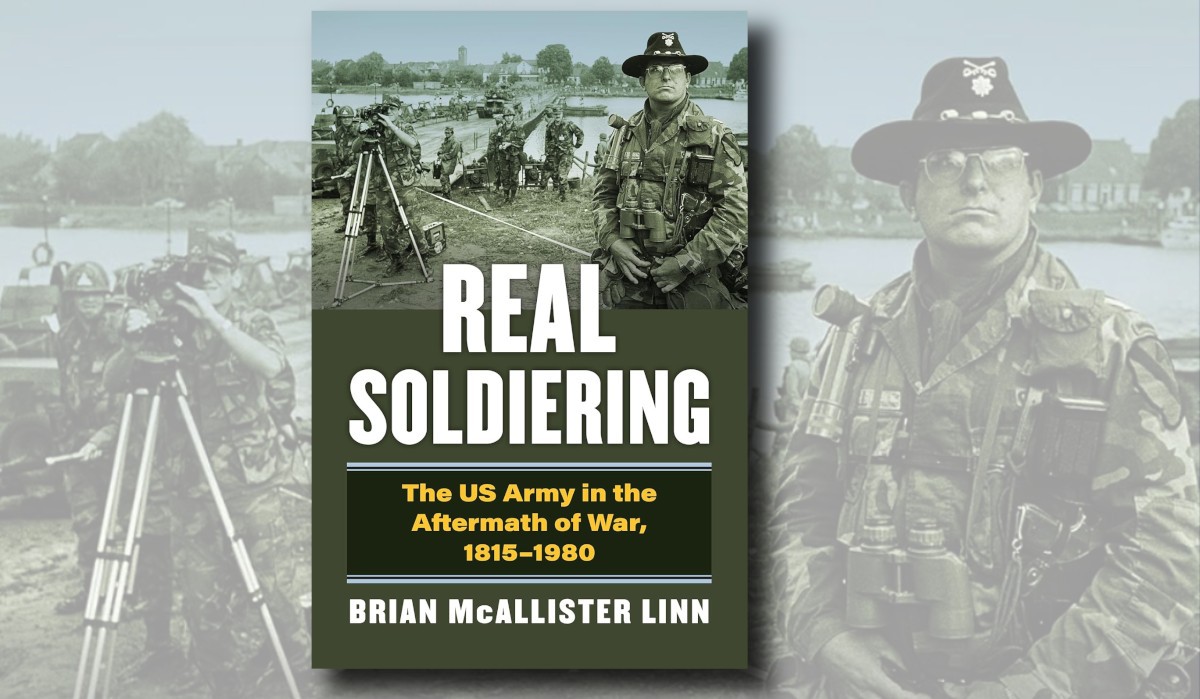“Demography is a useful lens for understanding national security because population is intimately linked to resources, and resources are related to both capabilities and conflict. Additionally, demographic projections can be useful for contingency planning than economic or technological projections because there is less uncertainty.”
Jennifer Dabbs Sciubba (author of The Future Faces of War: Population and National Security)
“Defence will be required to make significant personnel policy changes…to account for the emerging demographic…trends. To sustain tomorrow’s national workforce, economic performance and the social culture, strategies which consider individual lifestyles, community and social responsibilities need to be developed.”
Defence Personnel Environment Scan 2025
One of the most important drivers of change in any society is its people. Society is a construct of the people, by the people and, for the people. Changes in population level effect every human activity and can define future policy options for the nation. Barring catastrophic factors, demographic changes are slow to unfold, continuous, but relentless. As the world copes with the challenges of a population explosion with the current population level surpassing 7 billion, it is worthwhile to look at what’s happening in the Australian context as it has significant implications for every institution, not least of which for the Australian Army.
The latest release on Australian Demographic Statistics published by the Australian Bureau of Statistics (ABS) show that Australia’s population grew by 1.6% during the year ended 31 December 2017. By international comparison, Australia’s population ranked 53rd highest in the world in 2015 (decreasing from 52nd in 2014) and is projected to rank 61st by 2050. The median age (the age at which half the population is older and half is younger) has increased from 34 years at 30 June 1996 to 38 years (2016 Census). In short, Australian population is ageing steadily. Whereas between 1996 and 2016, the proportion of Australia’s working age population (15-64 years) remained overall stable, the proportion of the elderly population (65 years and above) increased from 12.0% to 15.3% over the same period.
A critical variable closely associated with population is health. The ABS 2014-15 National Health Survey shows that over half (56.2%) of all Australians aged 15 years and over considered themselves to be in excellent/very good health. However, more than three out of five adults in Australia were overweight or obese and the rate (63.4%) is an increase since 1995 (56.3%). In short, geriatric health problems will be compounded by increasing prevalence of health risk indicators in the general working age population.
Alongside health, education is a key factor in shaping people capability. According to the 2017 NAPLAN results, there has been no change in mean Year 9 literacy and numeracy skills from 2008 to 2017 or from 2016 to 2017. To remain competitive globally and exploit the opportunities of a social and information order that increasingly relies on knowledge, improvement in educational outcomes at all levels of the education system is not only necessary but essential. In order to improve these sombre statistics, the Government will have to boost funding into the areas of health and education, in addition to associated areas such as social services, to maintain, if not improve, the health and prosperity of the nation. Army needs to consider its options as demand for resources into social policy areas is expected to increase over time.
The above brief snapshot of Australia’s changing population and key social indicators pose at least two crucial challenges in a strategic sense for the Australian Government: sustaining and growing a capable workforce for the future to ensure prosperity of the nation and supporting health and other essential services for the rapidly growing elderly population. This will obviously involve reallocation of resources and increasing need for more revenue. An important factor here is how well Australia transitions from a mining boom to a services-based economy. As the Government grapples with population challenges which is a ‘wicked’ policy problem to respond to let alone solve, the Australian Army like any national institution, will also be impacted. Demographic and social challenges will affect the essential supply side variables of money and people. Army needs to seriously think about how to do business in an environment which is marked externally by a competitive, contested and complex security environment especially in the Indo-Pacific region involving, inter alia, US-China rivalry, and internally by population and other social challenges.
We should expect more from Army as it is the service with the greatest focus on people which makes it relatively more exposed to demographic challenges. Furthermore, as Army’s most important capability is its people, it is only vital to ask the question: how is Army prepared to fight and win future wars, if a gap appears between the people capability it will need to meet this objective? Leaning towards increasing automation does not provide a holistic solution as the institution of Army is built on and demands people. Smart technology is an important capability multiplier but it needs capable hands to direct its use to win wars which involves imposition of will through physical violence. Even in an overly optimistic scenario where complex AI systems takeover C3ISREW role and fight wars with automated machines, the exercise of will and the meaning of victory will be in peoples’ minds, not machines.
For Australia with its relatively small population, demographic changes will increase competition between public and public enterprises over recruiting and retaining capable people. What are Army’s options? Planning a future work force based on a new business model that supports a future force structure and delivers on capability needs can be the first step but not the only one. Army needs to reinvigorate itself with the help of a compelling narrative that seeks not only to renew but upgrade its relationship with society, and through it, the nation, and build an interwoven symbiotic association. In order to emerge as the Army for the 21st century amidst the challenges of demographic, social, economic, technological and other macro changes, Army needs a deeper strategic appreciation of the social dynamics so that its membership is valued and sought by every member of the society. Membership of Army should not only be about fighting and winning wars but an unputdownable opportunity for capability development (cognitive, intellectual, and physical) which can realise and enhance individual potential and contribute to national power.
About the author: Dr Joyo Sanyal joined the Australian Army Research Centre following a period of association with the Australian Bureau of Statistics. For his doctoral thesis, Dr Sanyal analysed the Common Foreign and Security Policy regime of the European Union with a particular emphasis on the practice of EU-Russia and EU-China relations. The areas of his research interest include foreign, security, and defence policy issues. Dr Sanyal was a Marie Curie Visiting Fellow at the Centre of International Studies, University of Cambridge, UK (under the Cambridge Programme for International Research on Europe) and is a former recipient of British Chevening Scholarship (awarded by UK Foreign and Commonwealth Office).





